Food Insecurity:
Students & HungerTHE REAL PROBLEM OF HUNGER
WHAT DOES IT MEAN TO BE FOOD INSECURE
The U.S. Department of Agriculture defines food insecurity as the lack of “consistent, dependable access to enough food for active, healthy living.”1 In other words, it means going hungry or being at risk of going hungry.
For some, food insecurity is a lifelong struggle, but for most the cause is a temporary financial setback. Every person has needs, which in our society include food, shelter, health care, transportation, and sometimes child care. When an unexpected and costly event happens and money suddenly becomes scarce, individuals may find they have to temporarily forgo one of these needs. Often, that need is food.
Food insecurity is an all-too-common problem for today’s college students. Research by the University of Wisconsin shows that one-third of students at two-year colleges are without adequate nutrition.2
THE REAL PROBLEM OF HUNGER
WHAT DOES IT MEAN TO BE FOOD INSECURE
The U.S. Department of Agriculture defines food insecurity as the lack of “consistent, dependable access to enough food for active, healthy living.”1 In other words, it means going hungry or being at risk of going hungry.
For some, food insecurity is a lifelong struggle, but for most the cause is a temporary financial setback. Every person has needs, which in our society include food, shelter, health care, transportation, and sometimes child care. When an unexpected and costly event happens and money suddenly becomes scarce, individuals may find they have to temporarily forgo one of these needs. Often, that need is food.
Food insecurity is an all-too-common problem for today’s college students. Research by the University of Wisconsin shows that one-third of students at two-year colleges are without adequate nutrition.2
Nationwide NUMBERS

20 MILLION
undergraduates nationwide 3
35 PERCENT
attend community college3

food insecurity affects as many as
1 IN 3
undergraduate students2
Hardships
Nationally, students experiencing food insecurity often suffer from other hardships, such as housing insecurities.
38%
had trouble paying rent2
49%
borrowed money from friends2
15%
experienced homelessness2

STUDENTS & FOOD
In Fall 2016, NOVA students participated in a survey about their eating habits. Their responses, summarized below, reflect the food-related challenges faced by many NOVA students.4
STUDENTS & FOOD
In Fall 2016, NOVA students participated in a survey about their eating habits. Their responses, summarized below, reflect the food-related challenges faced by many NOVA students.4



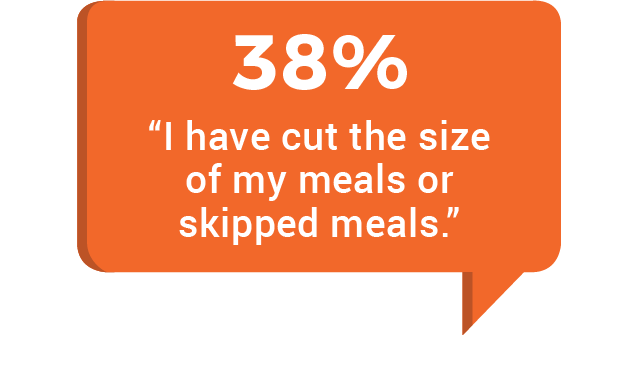
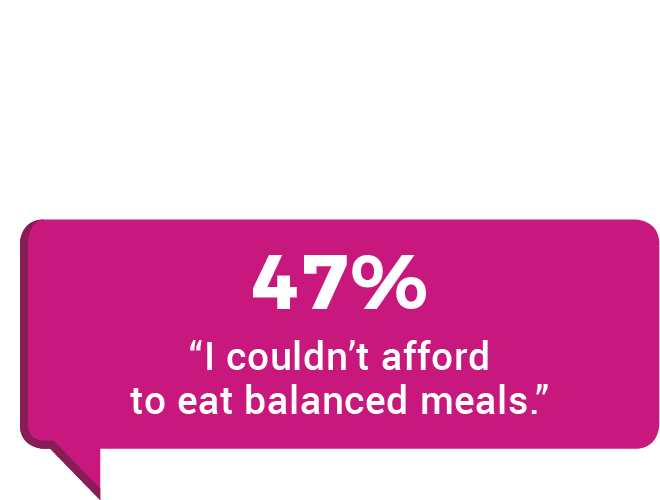
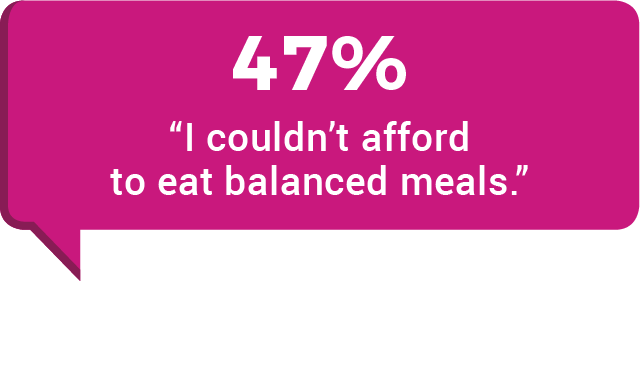

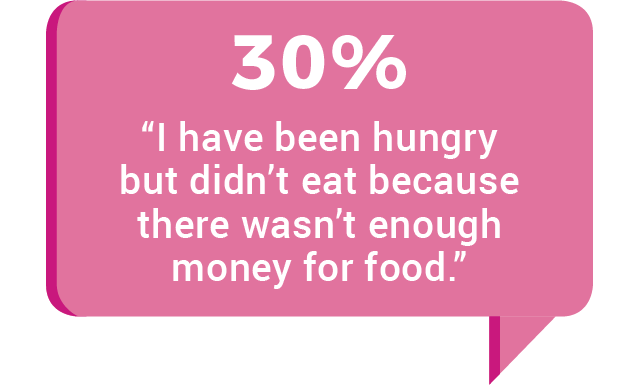
HUNGER & EDUCATION
31%
of households must choose between paying for education or food5
59%
of food insecure households do not possess a post-secondary education5
56%
of first-generation undergraduate students are food insecure2
MONTHLY CHOICES
Food insecure students must make choices on how to spend their money, often making the difficult decision between food and school-related expenses.
MONTHLY CHOICES
Food insecure students must make choices on how to spend their money, often making the difficult decision between food and school-related expenses.

$169
average monthly cost of food for a single adult6,9
OR
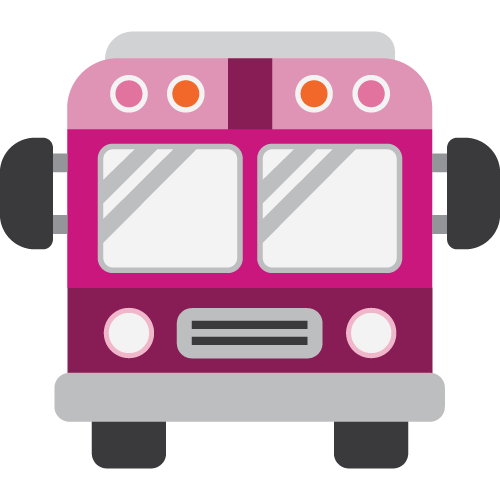
$225
monthly public transportation costs6,9

$183
cost of one credit hour at NOVA

$328
cost of textbooks for one semester7,8

$169
average monthly cost of food for a single adult6,9
OR

$225
monthly public transportation costs6,9

$183
cost of one credit hour at NOVA

$328
cost of textbooks for one semester7,8
HARDWORKING STUDENTS
Food insecure students seek many ways to help fund their education, including employment and financial aid.
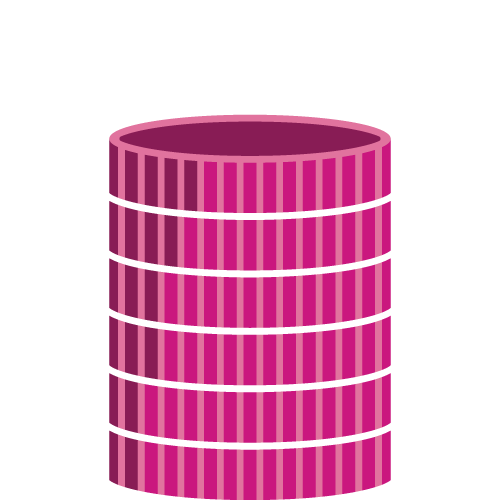
56%
of students are employed2
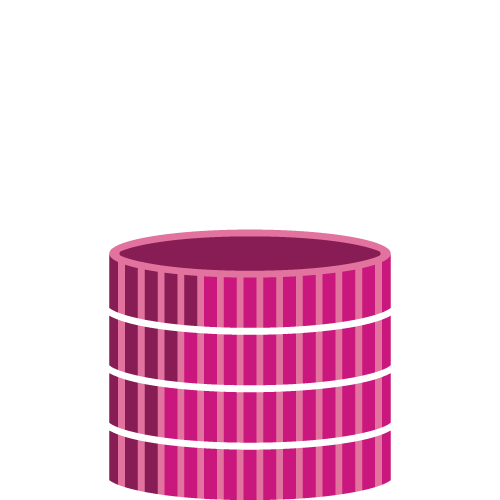
38%
of employed students work more than 20 hours a week2
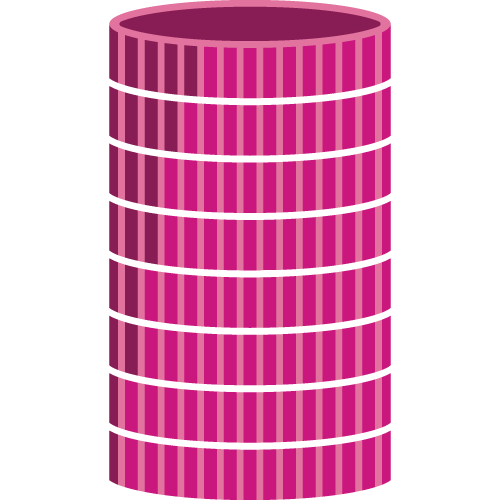
75%
of students receive some form of financial aid2

52%
of students receive a Pell Grant2
ALICE SURVIVAL BUDGET
FEDERAL POVERTY LINE
The federal poverty line is set annually to reflect the minimum income needed for food, clothing, transportation, shelter, and other necessities. Federal poverty lines are used to determine the eligibility of an individual or family for certain federal assistance programs.
ALICE
Created by the United Way, ALICE stands for Asset Limited, Income Constrained, Employed. ALICE households are above the federal poverty line, which means they do not always qualify for aid. However, they often struggle to afford basic necessities. The ALICE Household Survival Budget was created to provide a more realistic estimate of the cost of living compared to the federal poverty line.
FEDERAL POVERTY LINE
The federal poverty line is set annually to reflect the minimum income needed for food, clothing, transportation, shelter, and other necessities. Federal poverty lines are used to determine the eligibility of an individual or family for certain federal assistance programs.
ALICE
Created by the United Way, ALICE stands for Asset Limited, Income Constrained, Employed. ALICE households are above the federal poverty line, which means they do not always qualify for aid. However, they often struggle to afford basic necessities. The ALICE Household Survival Budget was created to provide a more realistic estimate of the cost of living compared to the federal poverty line.


Housing
Food
Transportation
$1,167
$169
$225
Health Care
Miscellaneous
Taxes
$199
$231
$550
Housing
Food
Transportation
Health Care
Miscellaneous
Taxes
$1,167
$169
$225
$199
$231
$550
Housing
$1,167
Food
$169
Transportation
$225
Health Care
$199
Miscellaneous
$231
Taxes
$550


Housing
Child Care
Food
Transportation
$1,458
$2,184
$561
$416
Health Care
Miscellaneous
Taxes
$767
$665
$1,263
Housing
Child Care
Food
Transportation
Health Care
Miscellaneous
Taxes
$1,458
$2,184
$561
$416
$767
$665
$1,263
Housing
$1,458
Child Care
$2184
Food
$561
Transportation
$416
Health Care
$767
Miscellaneous
$665
Taxes
$1,263
Learn More
Resources for Students, Faculty, and Staff
On-campus and community resources are available to NOVA students to help fill the gaps left by federal nutrition programs. Food pantries, shelters, and counseling are available in all Northern Virginia counties, offering services to those in need such as nutritious meals and financial assistance to pay for groceries.
NOVA is helping to combat food insecurity by running one food pantry on each of our six campuses, open to all students to feed themselves and their families. For more information, visit blogs.nvcc.edu/wssn/resources-services/food-pantries.
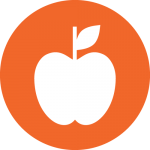 ON-CAMPUS RESOURCES
ON-CAMPUS RESOURCES
NOVA operates a Food Pantry on each of our six campuses. Pantries are operated by volunteers and are open during normal business hours (8:30 A.M.–5:00 P.M.) to provide free food to students who may need it.
- Alexandria: AA194 (Student Service Center)
- Annandale: CF232 (Student Life Office)
- Loudoun: LR2491 (Financial Aid Office)
- Manassas: MH108 (Student Life Office)
- MEC Springfield: Rm. 116 (Student Life Office)
- Woodbridge: WS158 (Student Life Office)

 GET ASSISTANCE
GET ASSISTANCE
NOVA’s Working Student Success Network (WSSN) helps students apply for food assistance programs to help with buying food at local grocery stores. WSSN can help you check your eligibility and fill out an application.
To schedule an appointment, email rpthompson@nvcc.edu.
 DONATE
DONATE
Become a NOVA Food Ambassador and help stock our campus food pantries! Ambassadors are provided with a NOVA Green Bag to fill with nonperishable food items. Set the bag out on designated collection days and we will pick it up and supply you with a new bag. Pick-ups occur six times per year.
To sign up, visit our website at blogs.nvcc.edu/wssn/ and search “Green Bag.”
 Volunteer
Volunteer
Those interested in Volunteering can sign up to collect NOVA Green Bags, volunteer at one of our Food Pantries, or organize a Food Drive.
For more information on volunteering, email rpthompson@nvcc.edu.
Citations
- Coleman-Jensen, A., Nord, M., Andrews, M., Carlson, S. (2012). Household Food Security in the United States in 2011. United States Department of Agriculture.
- Cady, C., Dubick, J., Mathews, B. (2016). Hunger on Campus. Wisconsin HOPE Lab.
- (2017). Retrieved from National Center for Education Statistics Website: https://nces.ed.gov/fastfacts/display.asp?id=372
- (2017). Northern Virginia Community College Report from Fall 2016 Survey of Student Basic Needs. Wisconsin HOPE Lab.
- (2014). Hunger in America 2014. Retrieved from Feeding America Website: http://www.feedingamerica.org/research/hunger-in-america
- (2017). Virginia ALICE. United Way.
- (2016). Trends in Higher Education: Average Estimated Undergraduate Budgets 2016–17. Retrieved from College Board Website: https://trends.collegeboard.org/college-pricing/figures-tables/averageestimated-undergraduate-budgets-2016-17
- Estimated cost of $82 per book for four courses.
- Cities and counties used in calculation include: Arlington County, Alexandria City, Fairfax City, Fairfax County, Falls Church City, Loudoun County, Manassas City, Manassas Park City, Prince William County.
- (2017). Poverty Guidelines. Retrieved from United States Department of Health & Human Services Website: https://aspe.hhs.gov/poverty-guidelines
- Coleman-Jensen, A., Nord, M., Andrews, M., Carlson, S. (2012). Household Food Security in the United States in 2011. United States Department of Agriculture.
- Cady, C., Dubick, J., Mathews, B. (2016). Hunger on Campus. Wisconsin HOPE Lab.
- (2017). Retrieved from National Center for Education Statistics Website: https://nces.ed.gov/fastfacts/display.asp?id=372
- (2017). Northern Virginia Community College Report from Fall 2016 Survey of Student Basic Needs. Wisconsin HOPE Lab.
- (2014). Hunger in America 2014. Retrieved from Feeding America Website: http://www.feedingamerica.org/research/hunger-in-america
- (2017). Virginia ALICE. United Way.
- (2016). Trends in Higher Education: Average Estimated Undergraduate Budgets 2016–17. Retrieved from College Board Website: https://trends.collegeboard.org/college-pricing/figures-tables/averageestimated-undergraduate-budgets-2016-17
- Estimated cost of $82 per book for four courses.
- Cities and counties used in calculation include: Arlington County, Alexandria City, Fairfax City, Fairfax County, Falls Church City, Loudoun County, Manassas City, Manassas Park City, Prince William County.
- (2017). Poverty Guidelines. Retrieved from United States Department of Health & Human Services Website: https://aspe.hhs.gov/poverty-guidelines

